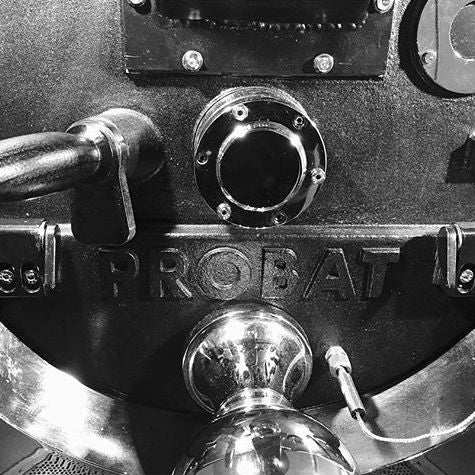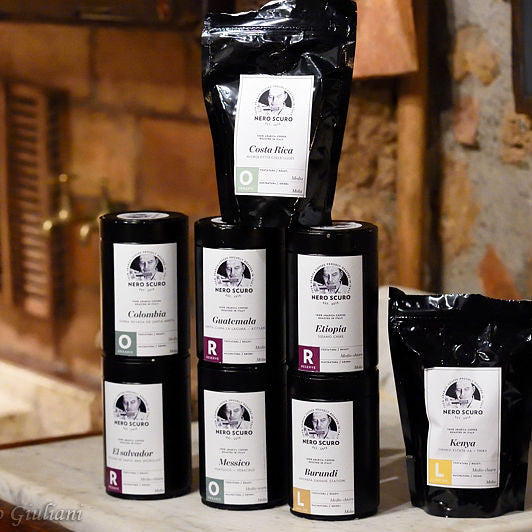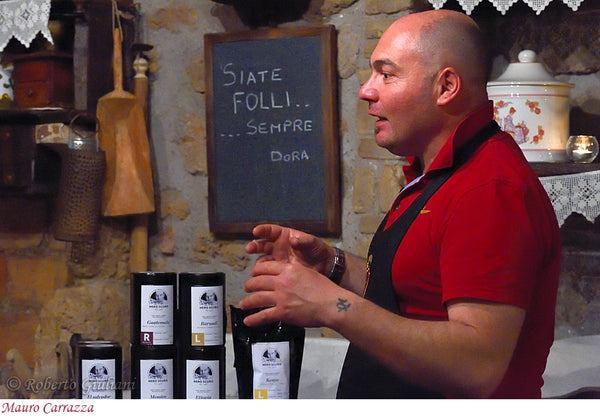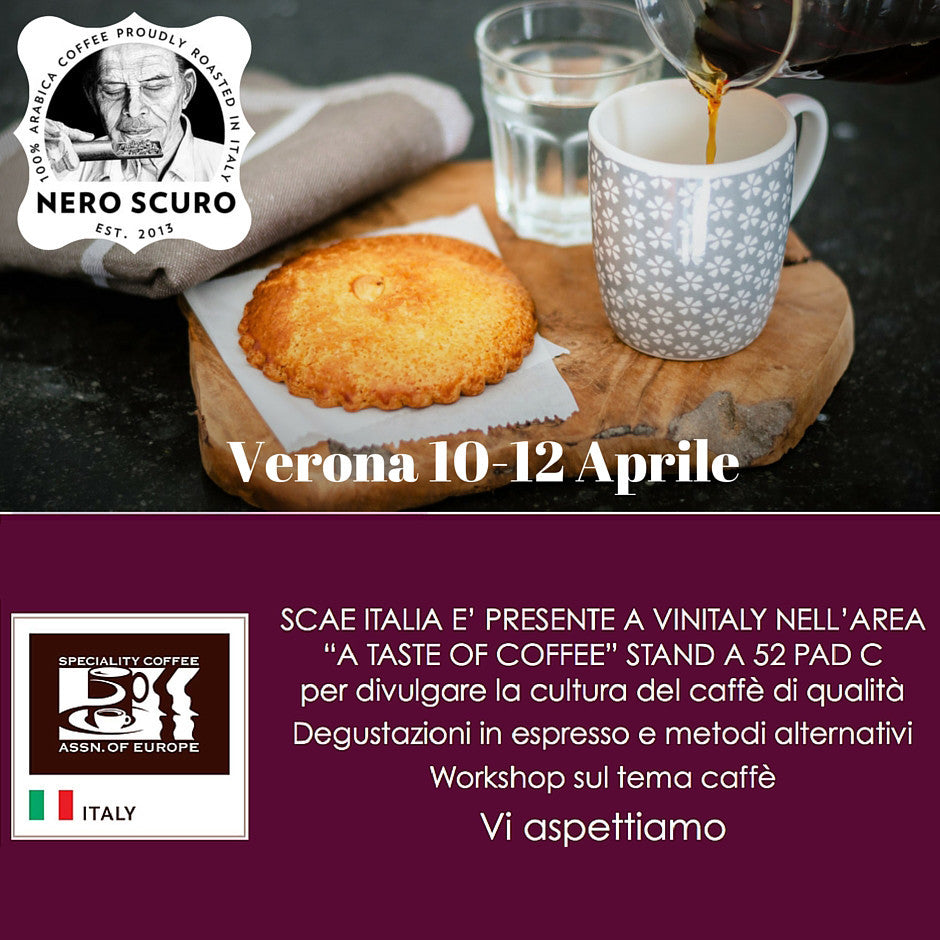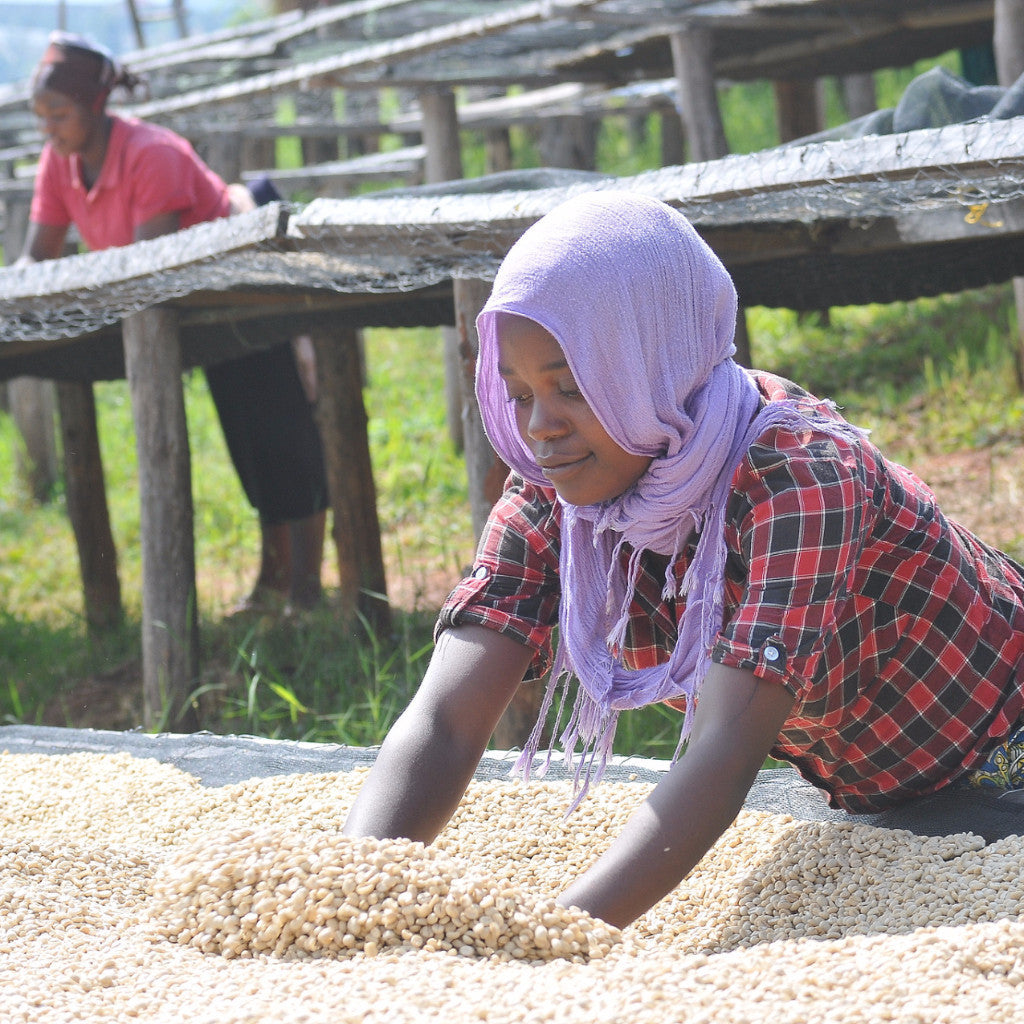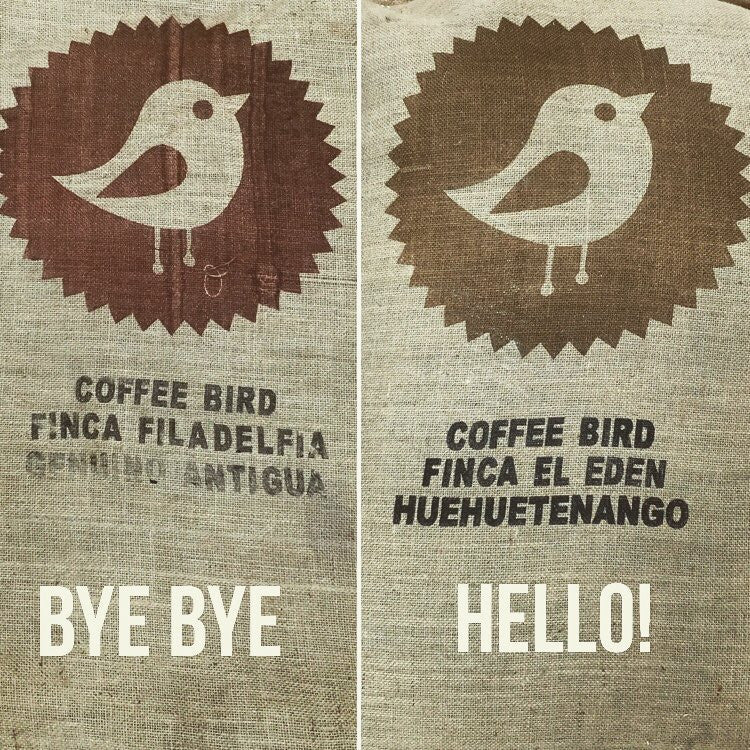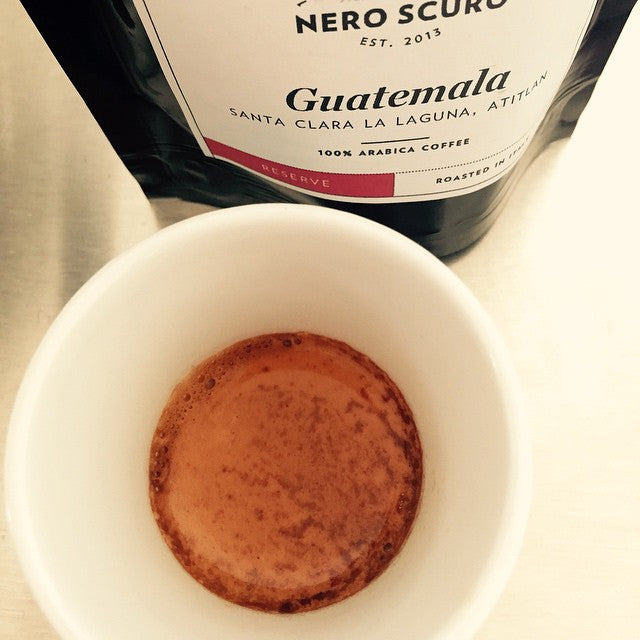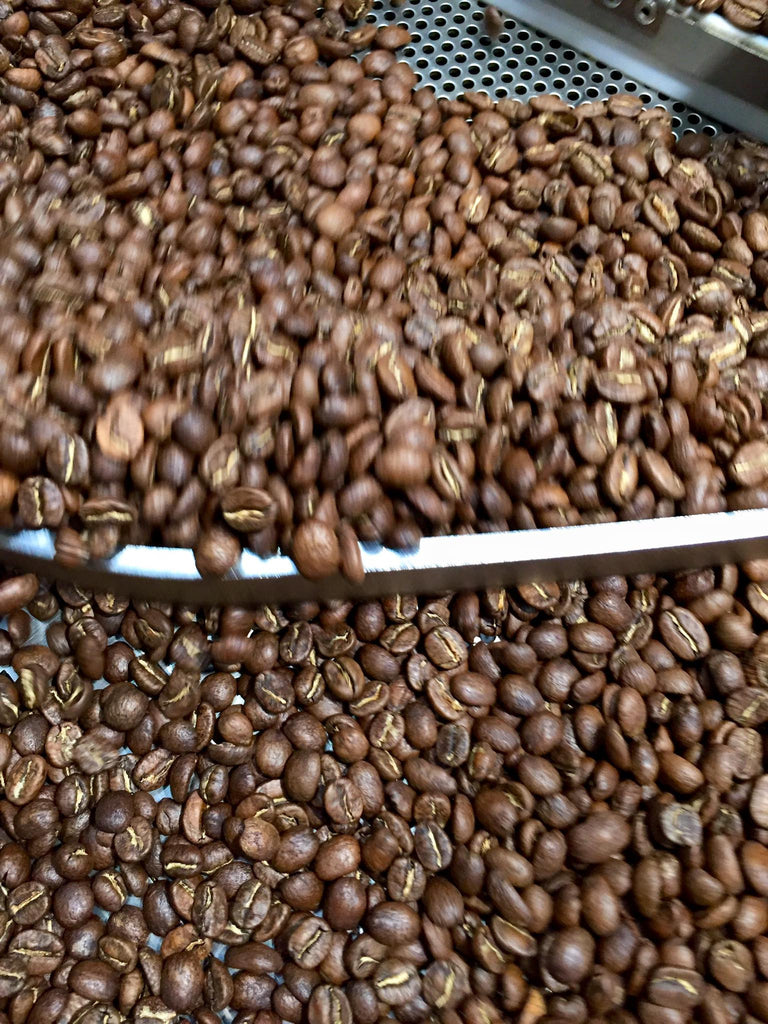After the strength, which we already discussed on a previous article of this series, it is now time to look into the extraction, which is the second quantitative dimension to define an espresso cup.
If the strength is not, according to its definition, related to the amount of coffee grounds used for the preparation (i.e. the dose), the matter is different as far as the extraction is concerned.
The extraction is the ratio between the dose weight and the weight of coffee solids that end up in the cup throughout the preparation.
A high extraction highlights that a substantial amount of coffee soluble solids was transferred by the water flow from the filter into the cup. On the contrary a low extraction indicates that the soluble were transferred into the cup to a lesser extent. The extraction is therefore, in a sense, a measure of the effectiveness of the espresso production process. For a given dose an espresso is more extracted than another if during its production process a higher amount of coffee solids have been pushed from the filter to the cup, regardless of how much water was required to make it happen.
Once again, the extraction is measurable by weighing the dose before preparing the espresso and measuring the TDS in the cup, using a refractometer, after the preparation. The extraction percentage, that is, the proportion of coffee solids transported into the cup, can be determined with the following formula:
Extraction % = (TDS % x weight in the cup) / dose weight
Notice that the extraction percentage, precisely because it does measure the efficiency as opposed to effectiveness, depends on the amount of water used to transfer the soluble components from the dose to the cup.
Since the coffee is made for about 28% of soluble solids, in theory one could obtain a maximum extraction of approximately 28%. It is also evident that this would require several minutes, if not hours or days, to happen. As a consequence, the obtained “espresso” would be far more, by weight, than the few grams of a normal cup (probably would be a bucket or a demijohn!) and the strength would be nearly none.
A strong coffee therefore is not necessarily highly extracted and a highly extracted coffee is not necessarily very strong. As in several real life situations efficiency and effectiveness cannot be optimized simultaneously but are rather subject to a Pareto equilibrium, the extraction and strength are in trade-off: an increase in the percentage extracted generally determines a reduction in the strength and vice versa.
This universal truth, on which we will return in the next post, is determined by the fact that the amount of dissolved solids is in fact a non-linear function of the extraction time, of the water flowing through the dose, as well as their smell and taste characteristics vary during the extraction. The perfect cup therefore is a search for a perfect balance between strength and extraction.
See you next year with the third installment of this series!


